Castillo de San Marcos NPS Cannon Project
During the first week of June, 2018, the CRL began a multi-year project with the National Parks Service to conserve 25 iron cannon from Castillo de San Marcos National Monument and Fort Matanzas National Monument in St. Augustine, Florida.
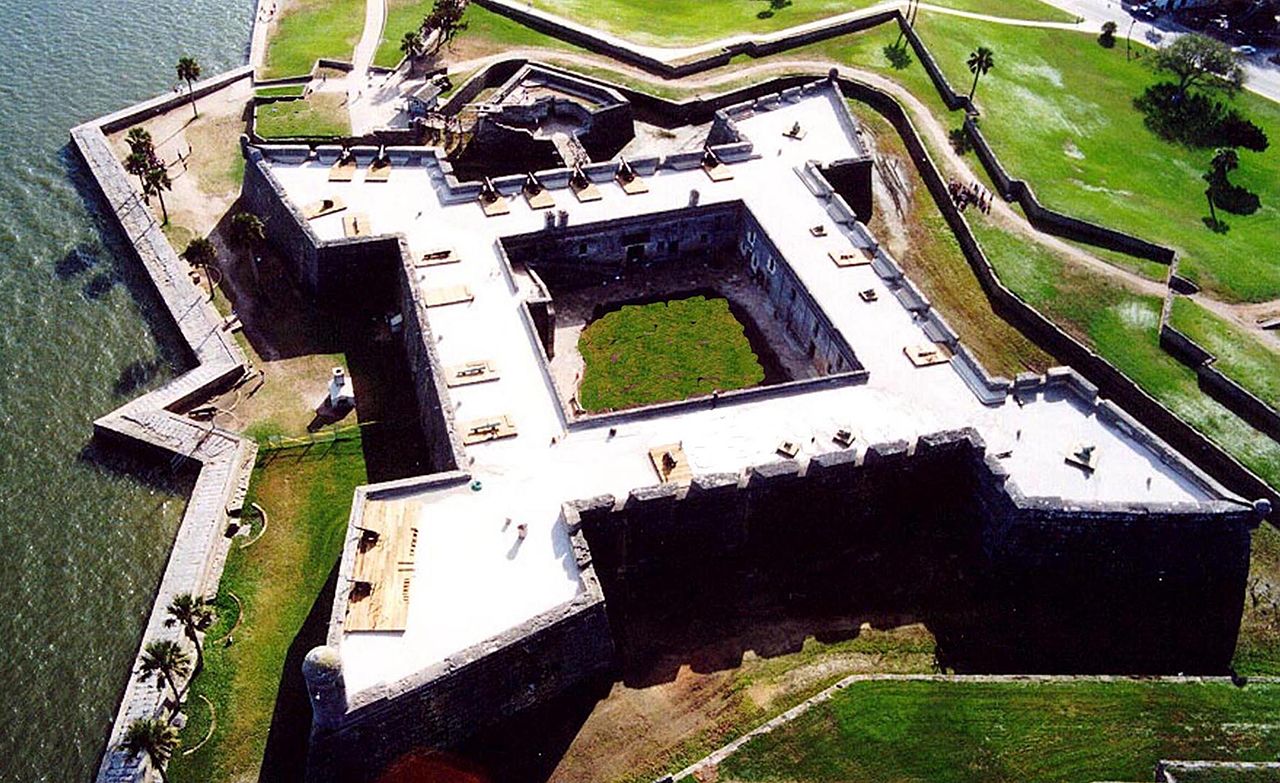
Castillo de San Marcos is a 17th-century Spanish masonry fort located in St. Augustine, Florida. It was built while Florida was still under Spanish rule as a means to protect the town of St. Augustine from the attacks of other colonial powers. Over the centuries, the fort has been occupied by Spanish, English, and the US. The fort was retired in 1900, and in 1924 it was designated a National Monument.
The cast-iron cannon at the fort range in size from 500 to nearly 8,000 pounds, and date from the 17th to the 19th centuries. Over the centuries, the salty coastal air has caused the cannon to corrode, which is what this project aims to correct.
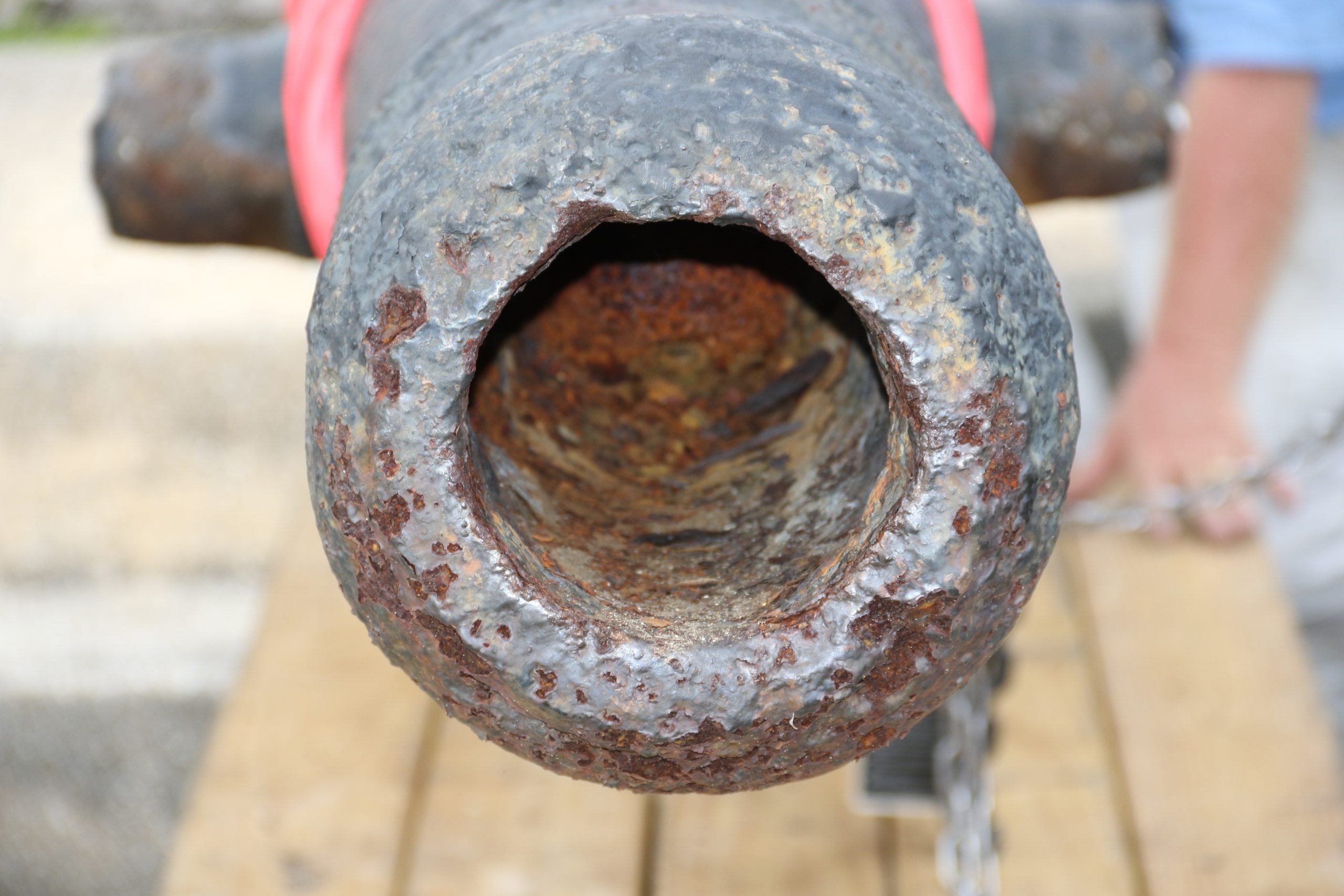
At the CRL, the conservation of iron artifacts is done with a process called electrolytic reduction. Because of the specialized and potentially dangerous nature of the work, it was agreed that the best practice to conserve these cannon would be to send them to the CRL in Texas instead of trying to establish an on-site facility at the fort. In June of 2018, CRL staff flew to St. Augustine to collect the first round of cannon.
To remove the cannon from the upper curtain of the fort, the CRL crew brought a custom-built aluminum gantry and a chain hoist. Each cannon was lifted from the location it was displayed and transferred to the Southwest bastion of the fort, staged for removal.
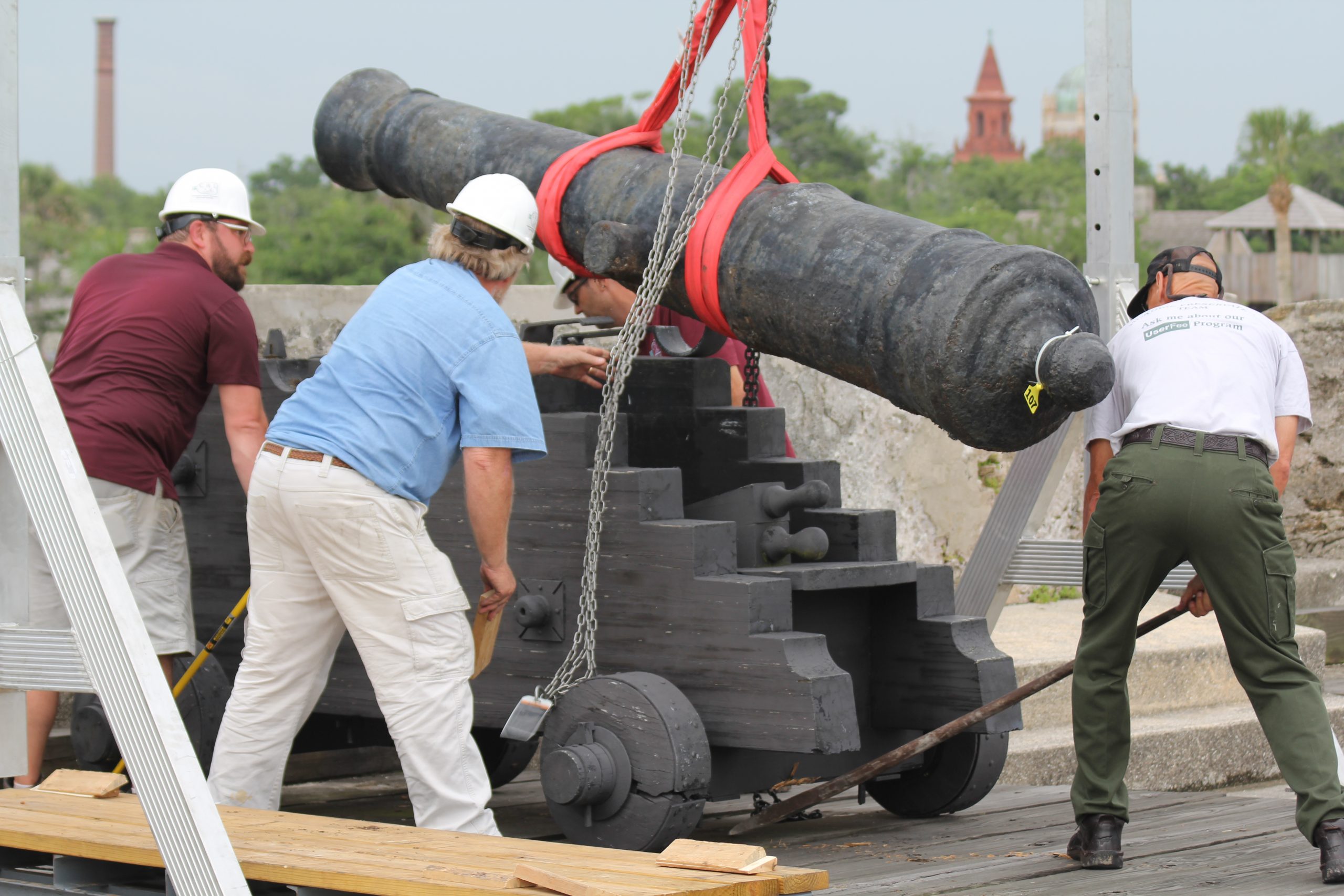
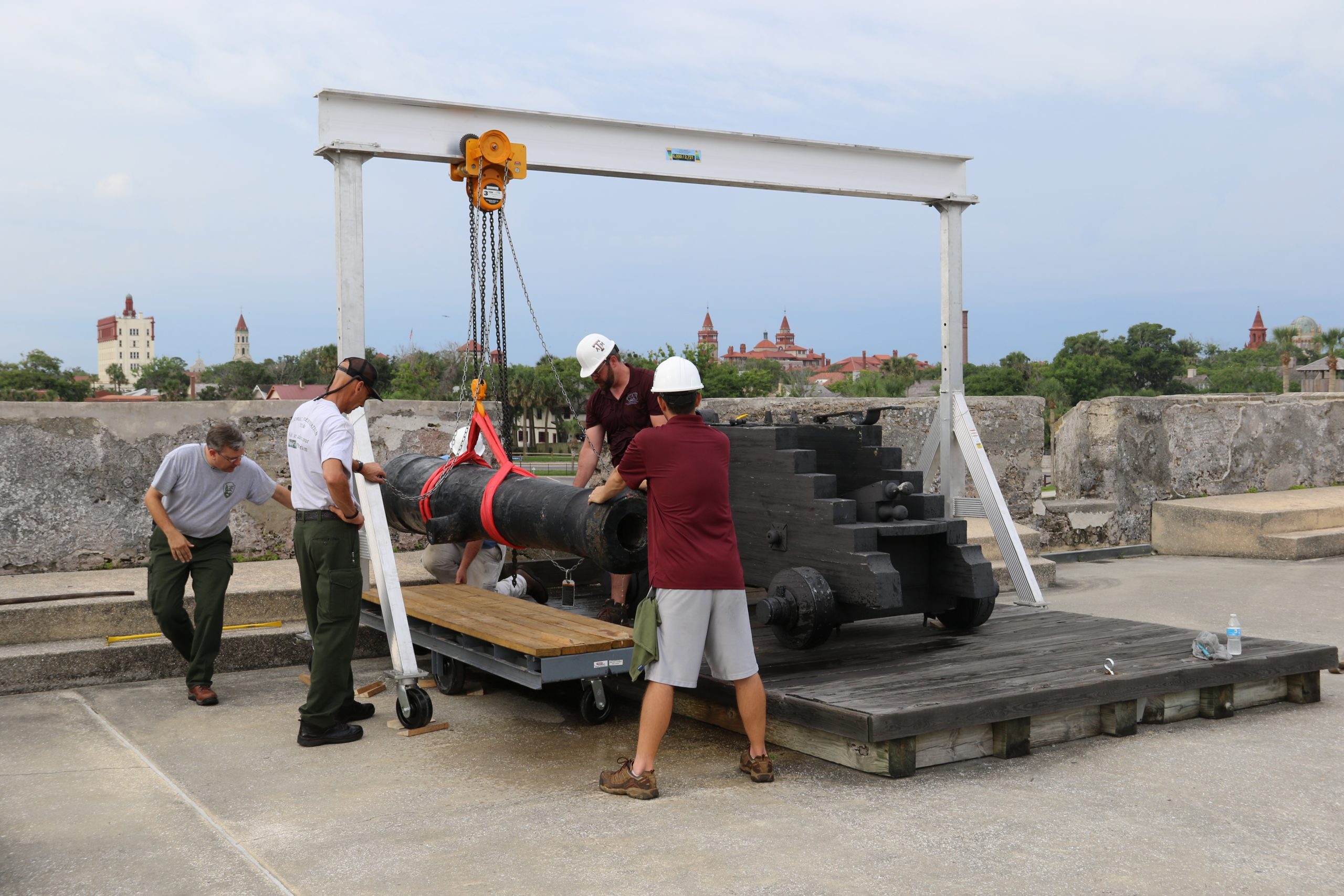
Once all of the cannon were staged, a barge pulled up to the fort with a large crane aboard, and crane-lifted each cannon off the fort and onto the barge.
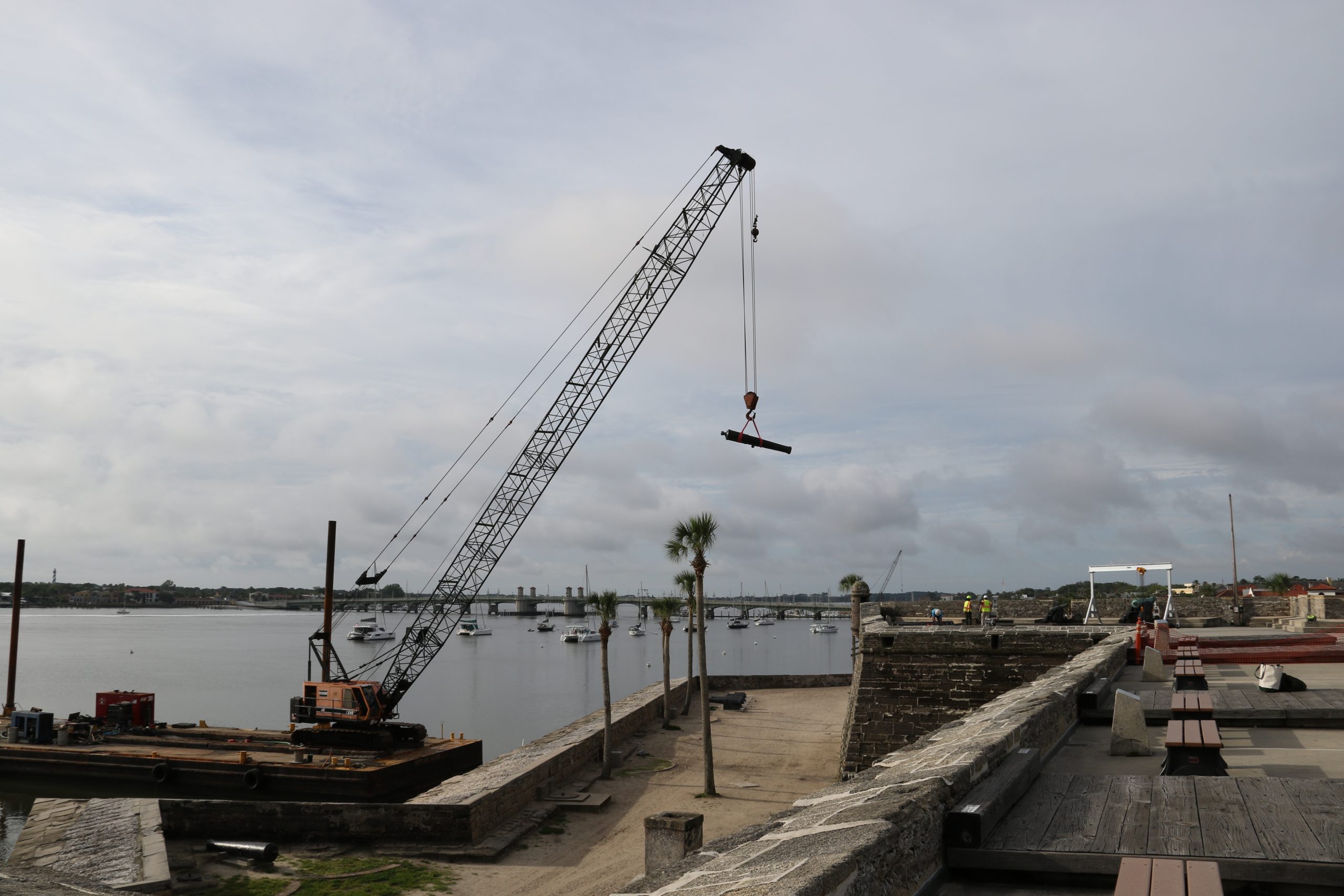
From there, the barge headed up to Jacksonville and transferred the cannon to flatbed trucks and they were shipped to the CRL at the RELLIS campus in Texas.
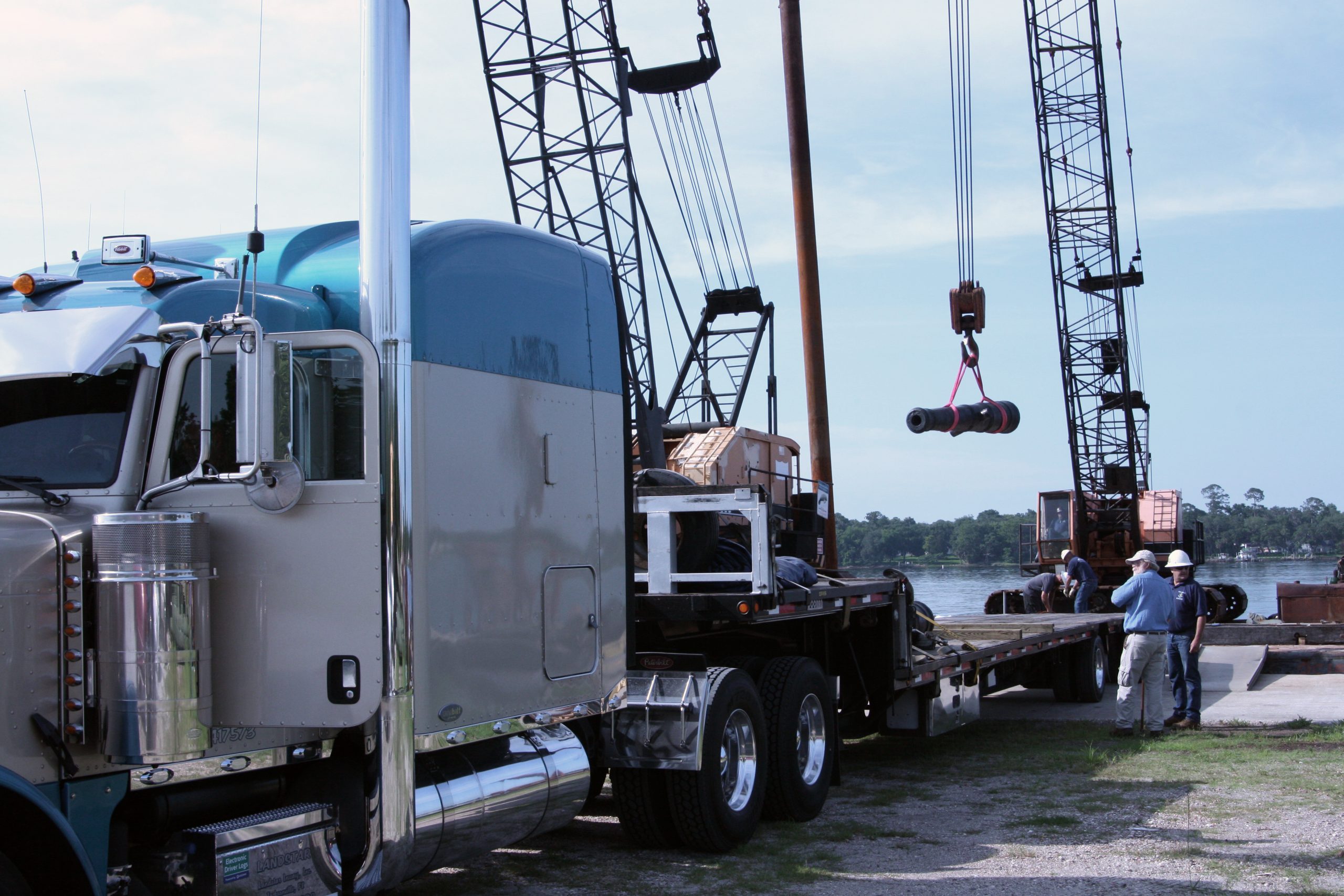
Upon arriving at the CRL, the cannon were quickly offloaded and staged in preparation for conservation.
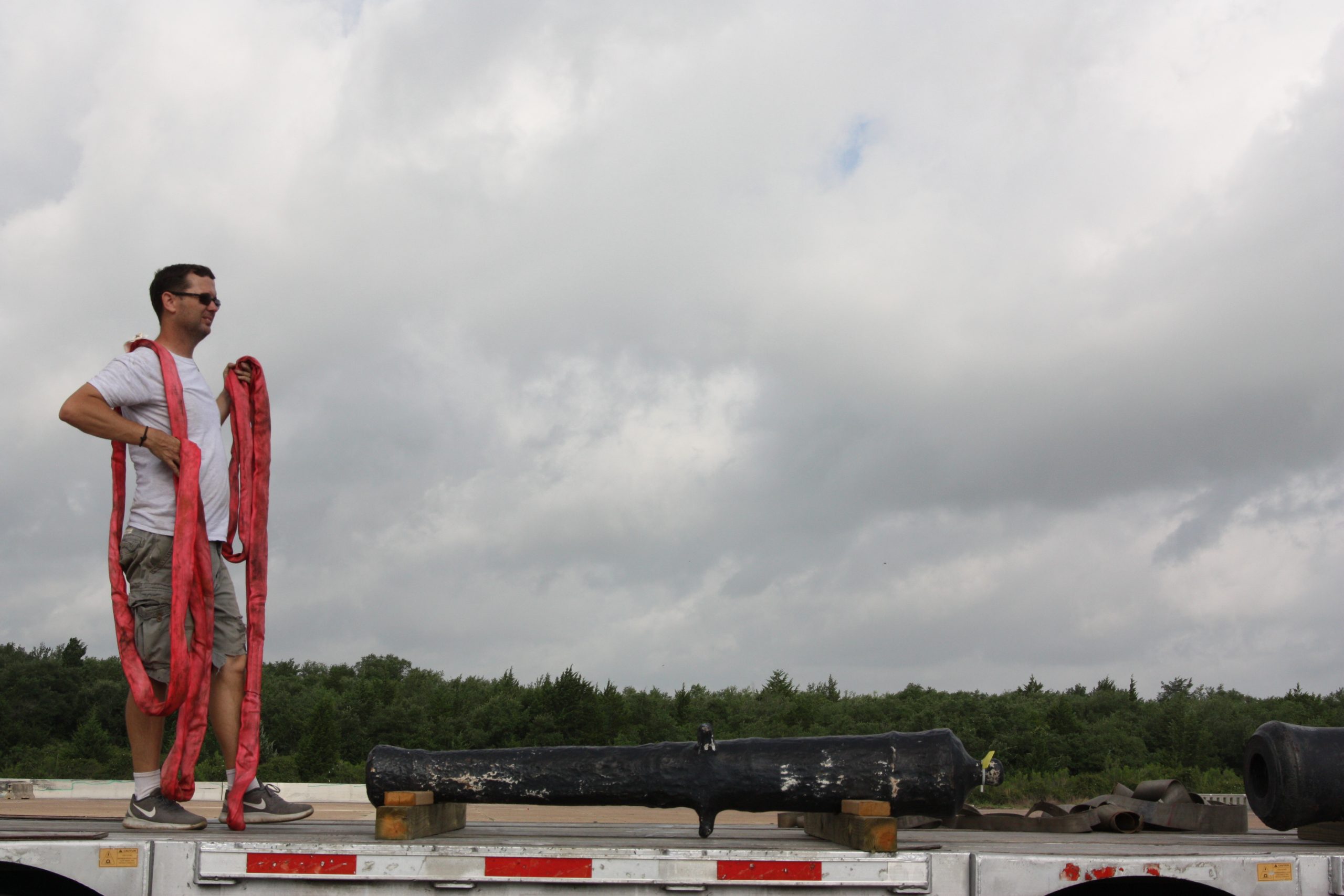
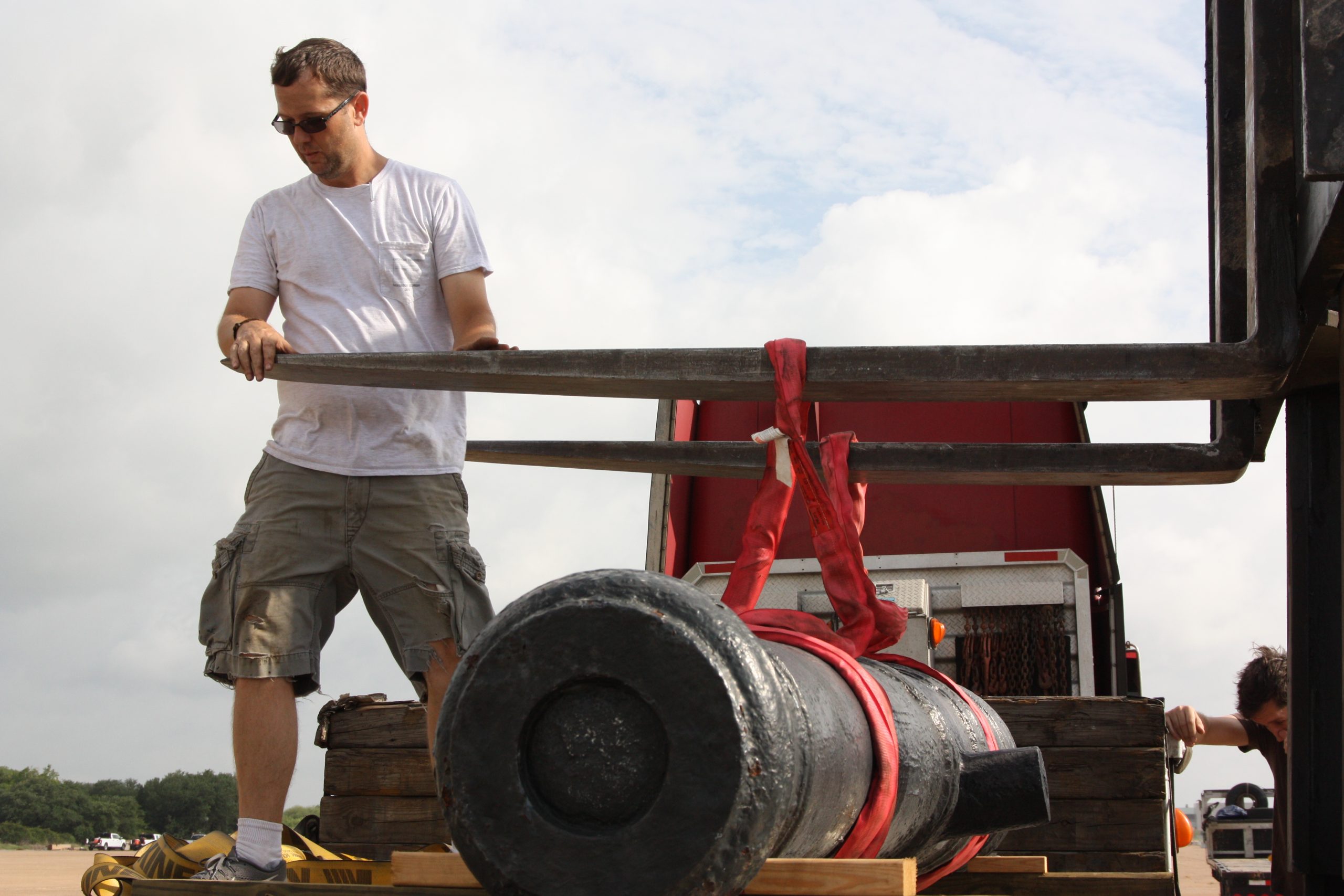
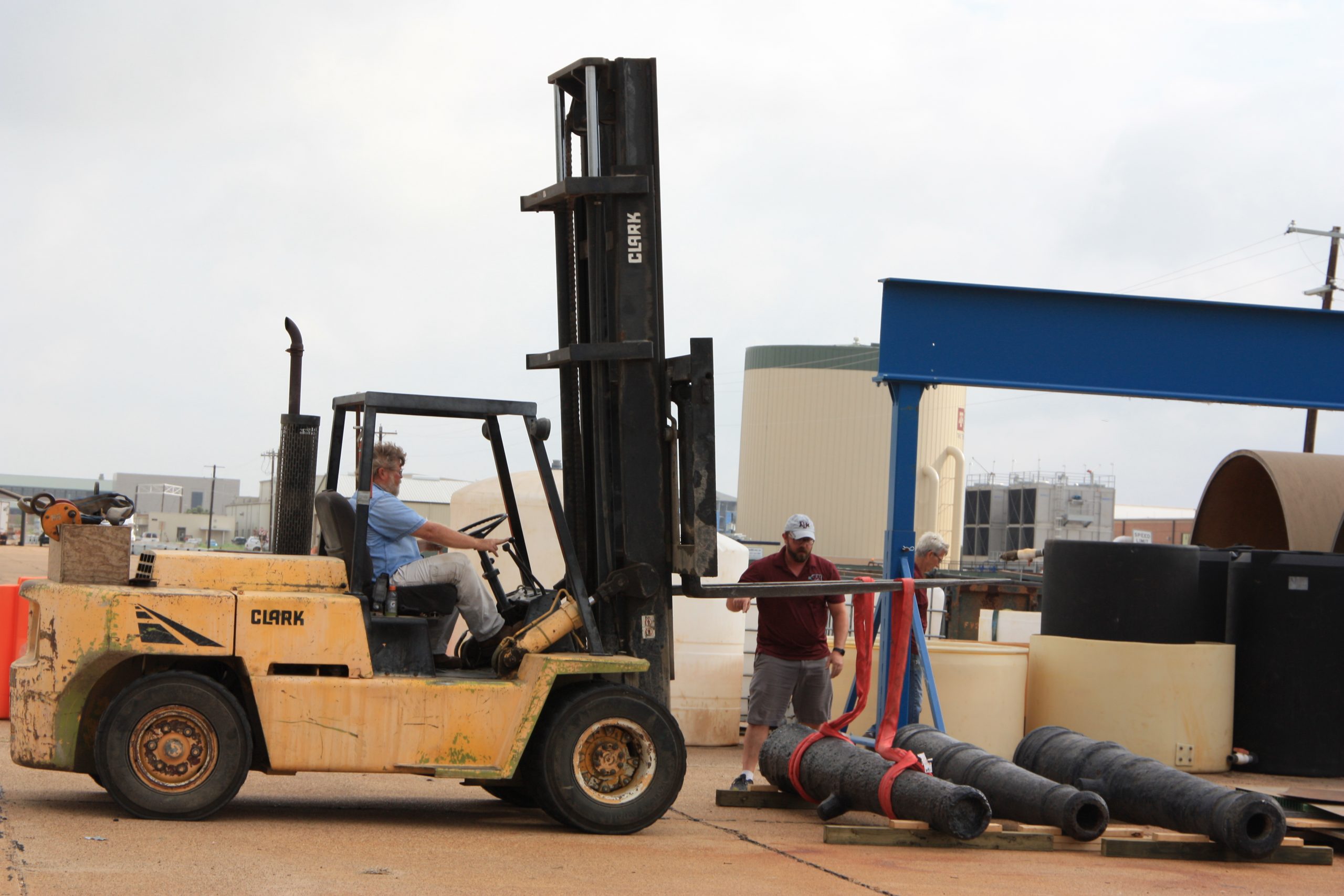
The first step in conserving these cannon is to remove the thick layers of epoxy paint that they have accumulated over the years. We are using a variety of methods to do this, including chemical peels, electrolytic baths, pressure washing, and of course, elbow grease.

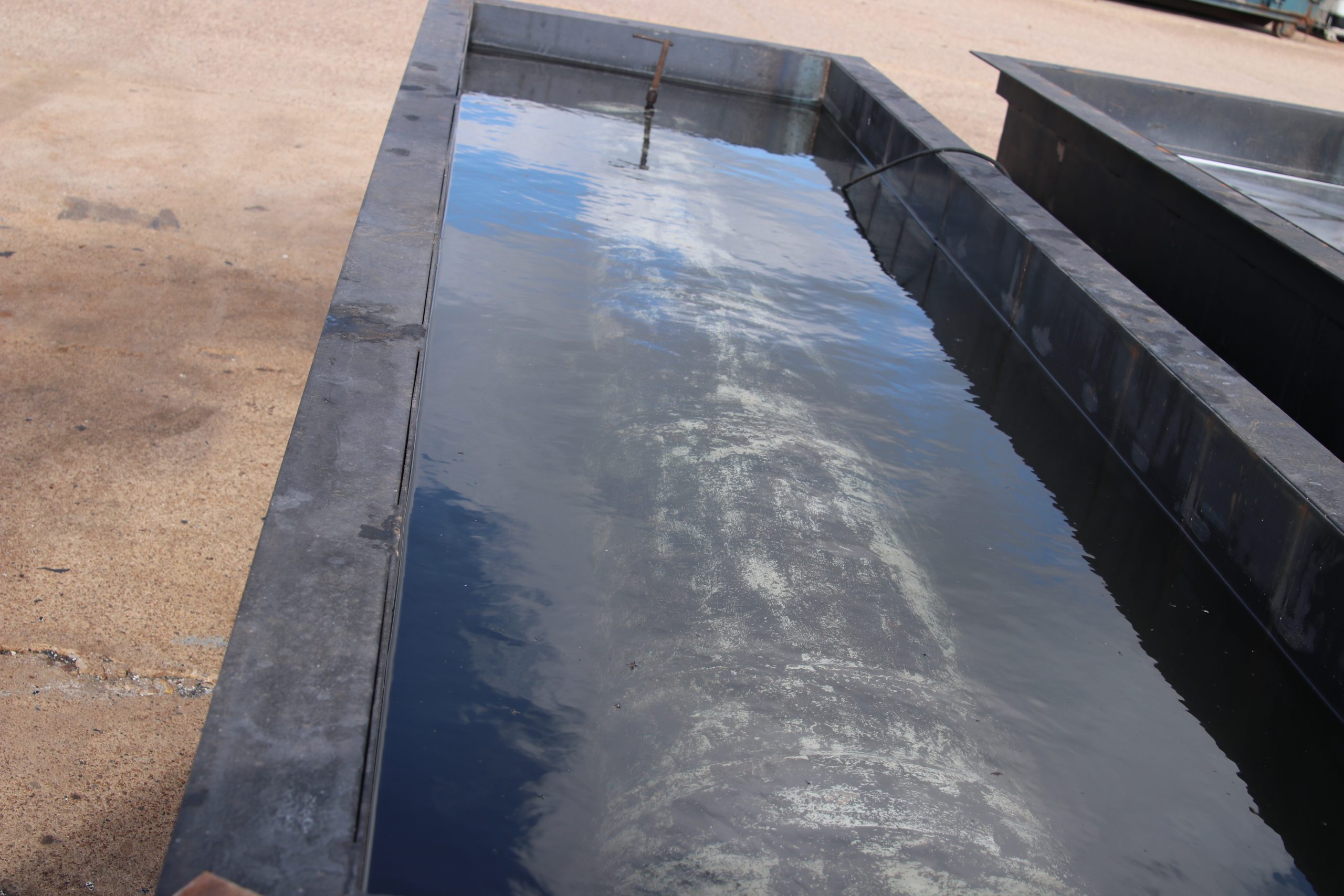
Once the paint is removed, the cannon begin the slow process of electrolytic reduction. For more information on this process, please refer to our Conservation Manual.
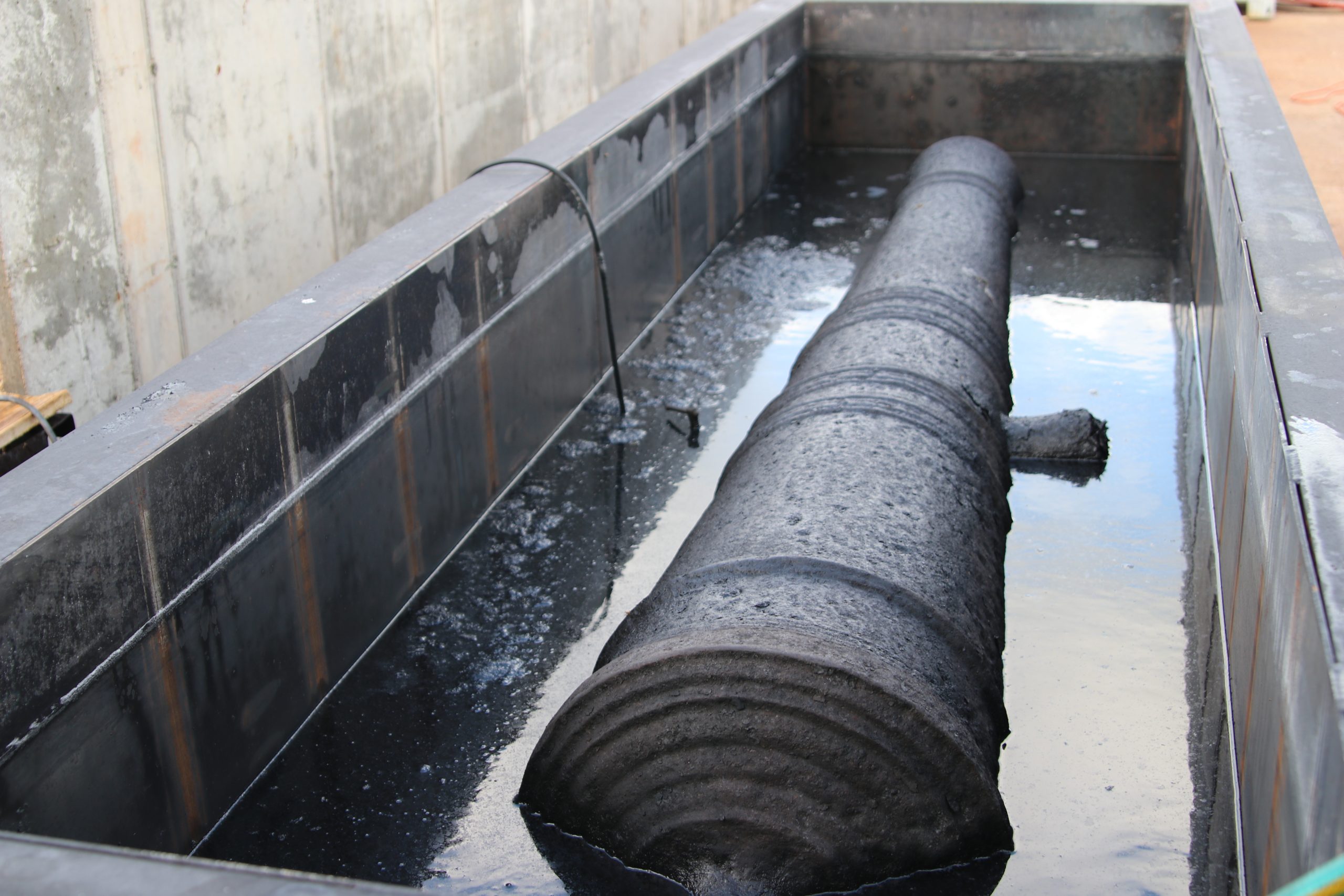
Excess current during the electrolytic process created hydrogen gas at the surface of the metal, which then bubbles up to the surface of the electrolyte. Below you can see the outline of one of the cannon being treated in the bubbles being formed.
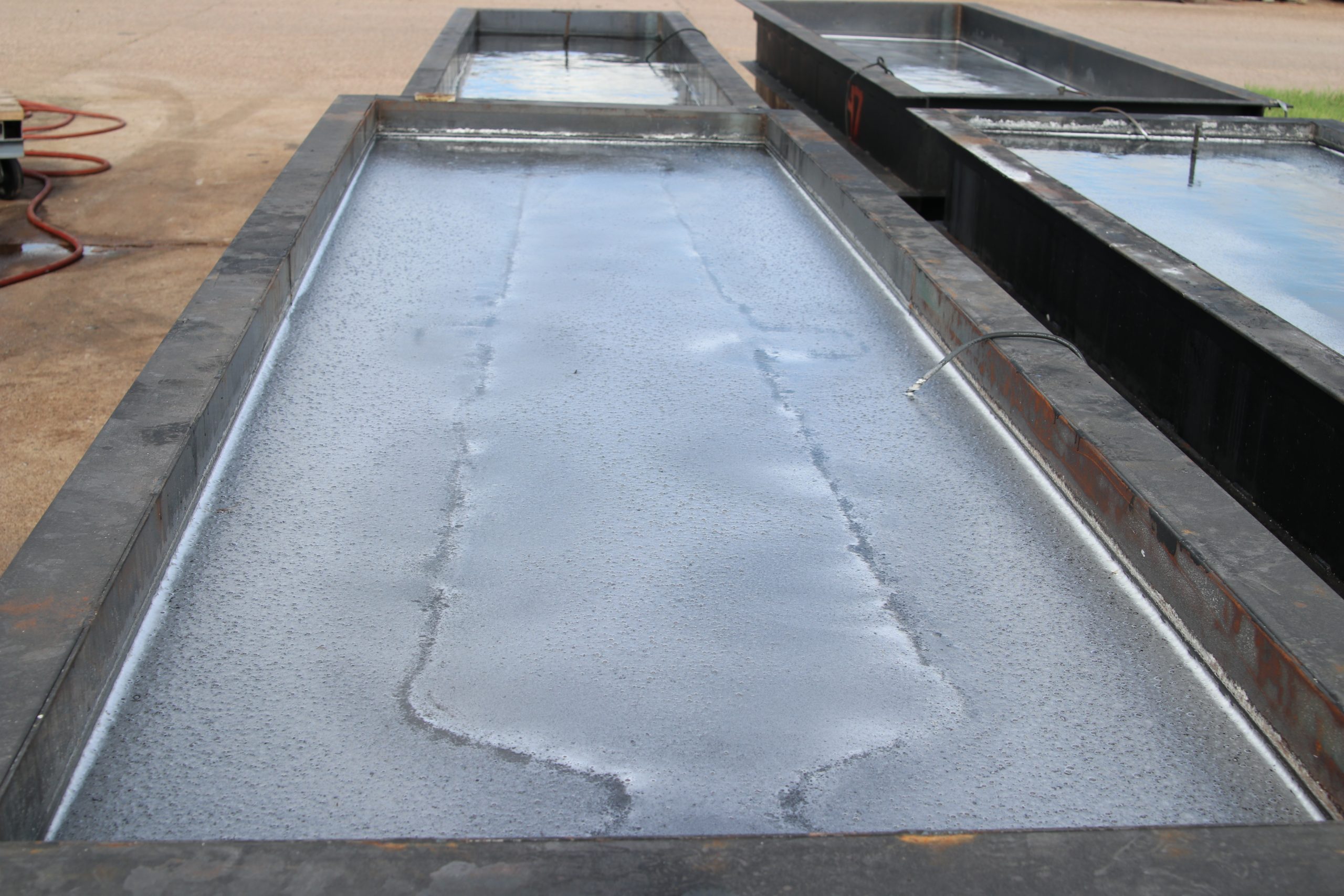
We anticipate this first batch of 14 cannon will take several years to complete, at which point we will return them to the NPS and pick up the remaining 11.
Contract Services
The CRL works with a variety of academic institutions, museums, historical societies, government offices, and private individuals. Our goal is to create viable conservation strategies of the highest standard that can be accomplished at minimal cost. For more information, visit our services page.
Read about the faculty and conservators who run the Conservation Research Labratory. We are also aided by several individuals who volunteer their time to help conserve artifacts. If you are interested in joining the volunteers at the CRL, please contact our lab manager.
Support
Monetary donations and volunteer workers are vital to the ongoing success of the Conservation Research Laboratory. If you would like to volunteer your time and expertise, please write us here. If you would like to become one of our donors, please click the link below and direct your gift to: Center for Maritime Archaeology and Conservation.
